Baystate Health offers snow shoveling safety tips
|
Published: 02-12-2024 12:56 PM
Modified: 02-12-2024 7:12 PM |
With 1 to 3 inches of snow expected to blanket Greenfield on Tuesday morning, shovels will once again be put to use to clear sidewalks and driveways. Baystate Health officials have some tips for residents to ensure safe shoveling.
According to the National Institutes of Health, snow shoveling results in about 11,500 injuries each year, including 100 fatalities. Data shows those deaths are often caused by heart attacks, with the most common injuries being sprains and strains. Researchers have also found that those over 55 are more than four times as likely as younger patients to suffer heart-related problems while shoveling. Men are twice as likely as women to develop symptoms.
Even for those in good health, learning the proper techniques for shoveling snow can help prevent injuries.
“Take time to stretch your lower back muscles with some gentle exercises before shoveling, and consider walking for a few minutes or marching in place,” Dr. Julio Martinez-Silvestrini, medical director with Baystate Rehabilitation Care, said in a statement. “You should also drink plenty of water to avoid dehydration and refrain from any caffeine or nicotine, which are stimulants and may increase your heart rate.”
Martinez-Silvestrini and the American Physical Therapy Association offer the following tips for avoiding back injuries from snow shoveling:
■Lift smaller loads of snow, rather than heavy shovelfuls. Take care to bend your knees and lift with your legs rather than with your back.
■Use a shovel with a handle that lets you keep your back straight while lifting. A short handle will cause you to bend more to lift the load. Using a shovel that’s too long makes the weight at the end heavier.
■Because the spine cannot tolerate twisting as well as it can other movements, it is important to avoid this movement as much as possible. Step in the direction in which you are throwing the snow to prevent the lower back from twisting. This will help avoid the “next-day back fatigue” experienced by people who shovel snow.
Article continues after...
Yesterday's Most Read Articles
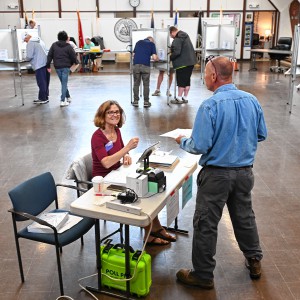 Political newcomer defeats Shores Ness for Deerfield Selectboard seat
Political newcomer defeats Shores Ness for Deerfield Selectboard seat
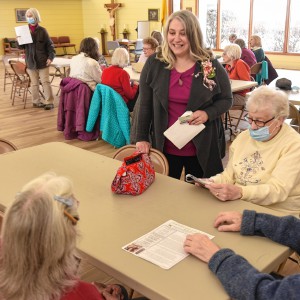 South County Senior Center opts not to renew church lease after rift over LGBTQ program
South County Senior Center opts not to renew church lease after rift over LGBTQ program
 More than 130 arrested at pro-Palestinian protest at UMass
More than 130 arrested at pro-Palestinian protest at UMass
 As I See It: Between Israel and Palestine: Which side should we be on, and why?
As I See It: Between Israel and Palestine: Which side should we be on, and why?
 Moratoriums on large-scale solar, battery storage passed in Northfield
Moratoriums on large-scale solar, battery storage passed in Northfield
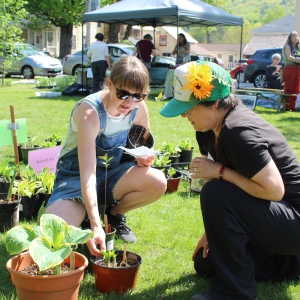 Bridge of Flowers in Shelburne Falls to open on plant sale day, May 11
Bridge of Flowers in Shelburne Falls to open on plant sale day, May 11
■If possible, push the snow away instead of lifting it.
■Take frequent breaks. Stand up straight and walk around periodically to extend the lower back.
■Standing backward-bending exercises will help reverse the excessive forward bending that occurs while shoveling. Stand straight and tall, place your hands toward the back of your hips and bend backward slightly for several seconds.
Martinez-Silvestrini noted there is sometimes confusion over whether to use ice or heat after injuring your back.
“Apply a cold pack as soon as possible after the injury every three to four hours for up to 20 minutes,” Martinez-Silvestrini said in a statement. “After two or three days, you can apply heat for 20 to 30 minutes three or four times a day in order to relax your muscles and increase blood flow.”
However, not all injuries are simple strains. Baystate Medical Center’s Division of Neurosurgery sees many patients in the wintertime who suffer from herniated discs, which are common to the lower spine. When a disc is herniated or ruptured, it can create pressure against the spinal nerves, resulting in numbness or pain in the lower extremities. Neurosurgeons also see many spinal fractures when people slip while shoveling snow or chopping ice.
To avoid slipping on ice and snow, Baystate Health doctors recommend buying a pair of shoes or boots with good traction or adding traction devices to your footwear.
If possible, use a snow blower. If not used correctly, however, Baystate Health doctors say even using a snow blower can strain or injure your back if you push or force the equipment to go faster.
And using a snow blower may still be too much physical activity for someone with heart disease. For some, the best advice may be to leave the snow removal to others.
“You know your body better than anyone else,” Dr. Seth Gemme, Baystate Health’s vice chair of clinical operations for emergency medicine, said in a statement. “If something doesn’t feel right while you’re outdoors shoveling, then stop immediately.”



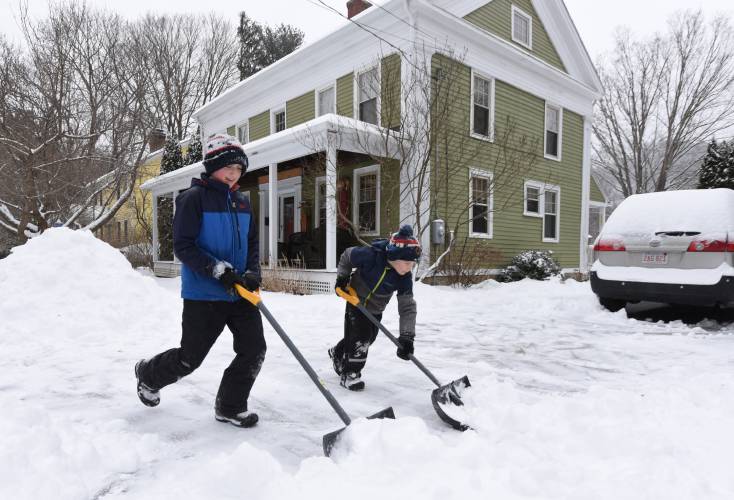
 UMass graduation speaker Colson Whitehead pulls out over quashed campus protest
UMass graduation speaker Colson Whitehead pulls out over quashed campus protest UMass student group declares no confidence in chancellor
UMass student group declares no confidence in chancellor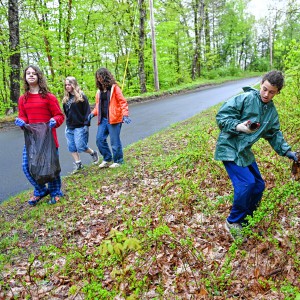 Four Rivers Climate Club organizes litter cleanup, panel on environmental activism
Four Rivers Climate Club organizes litter cleanup, panel on environmental activism Retired police officer, veteran opens firearms training academy in Millers Falls
Retired police officer, veteran opens firearms training academy in Millers Falls
